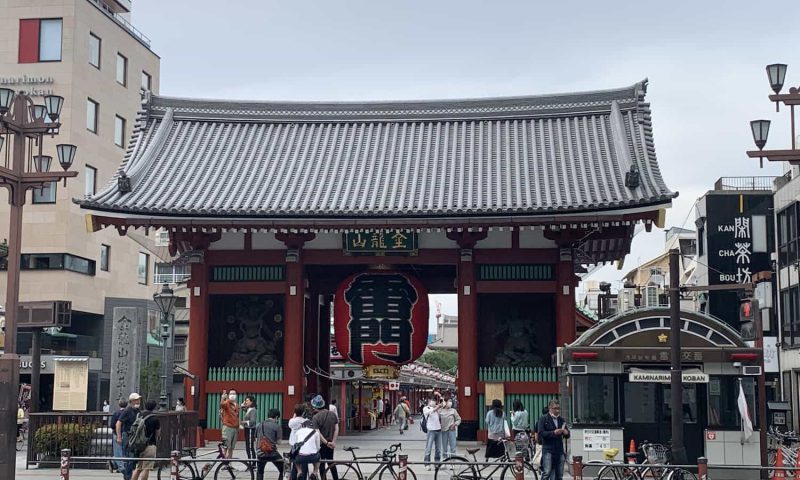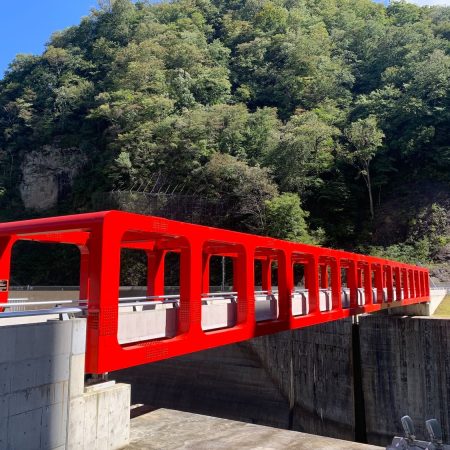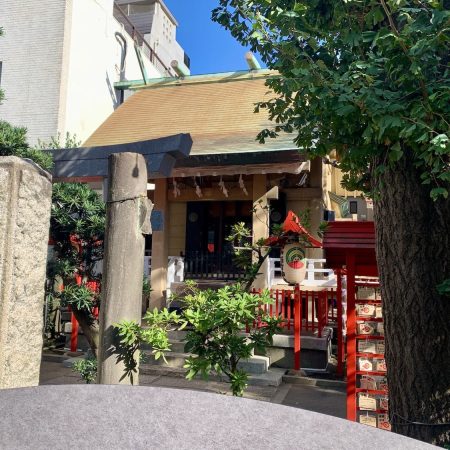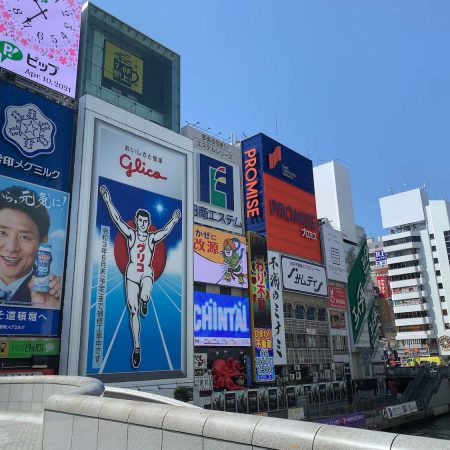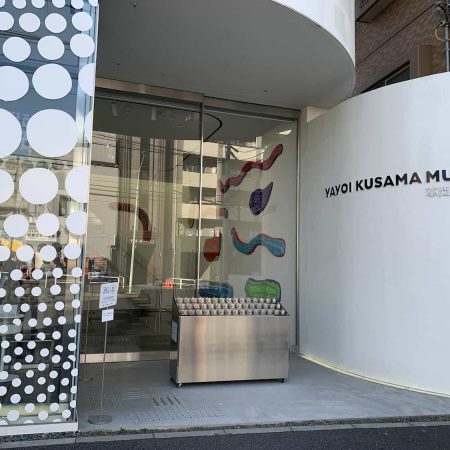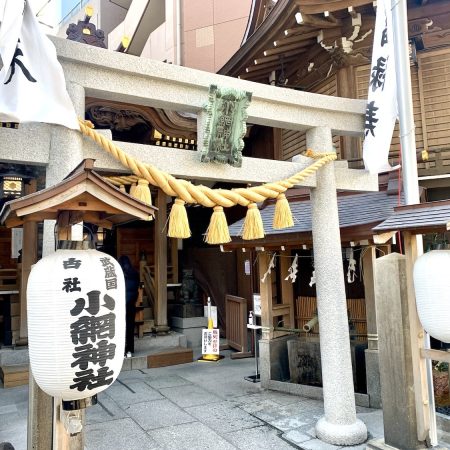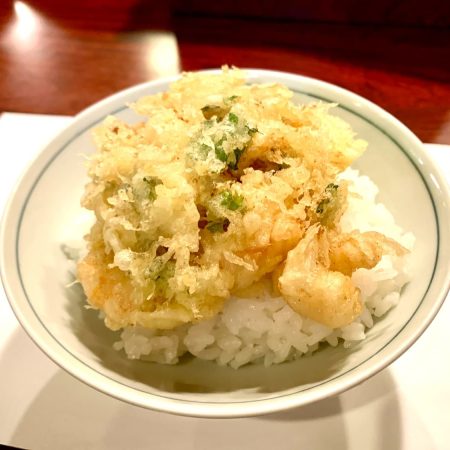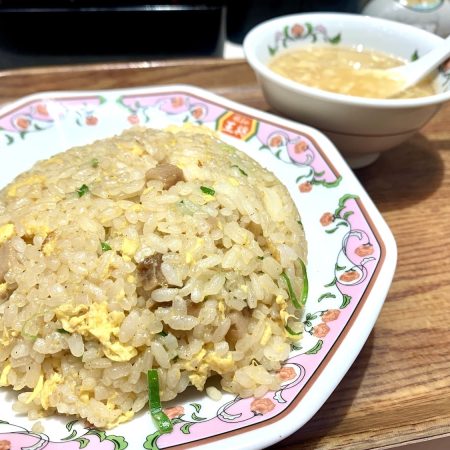Known for Resilience and Rich History: Discovering Sensoji Temple, Tokyo’s Iconic Landmark
Enter a world of ancient Japanese history as you discover the magnificent Sensoji Temple, the oldest and most colorful temple in Tokyo. The temple’s story dates back to 628, when two brothers fishing in the Sumida River discovered a divine statue of Kannon. Despite their attempts to return the statue, it kept getting caught in their net, leading them to build the Sensoji Temple in 645 to house the goddess Kannon.
Step through the iconic Kaminarimon, the “Thunder Gate,” and be greeted by a grand red and black chochin lantern, a symbol of Tokyo’s Asakusa district. Flanking the lantern are statues of gods of wind and thunder, adding to the entrance’s majesty.
As you explore the temple complex, make your way down Nakamise-dori, a vibrant 250-meter shopping street lined with traditional Japanese shops selling snacks, souvenirs, and crafts. Indulge in the country’s delicious food culture and purchase unique gifts for friends and family.
Despite the temple’s destruction during World War II, it stands tall today as a tribute to the Japanese people’s resilience and fortitude, having been rebuilt through donations from across the nation. The Sensoji Temple represents a peaceful rebirth of Tokyo and is a must-visit destination for anyone looking to immerse themselves in the city’s rich culture and history.
Be awed by the temple’s various gates, each with its unique story and significance. The Hozomon Gate leads to the main hall, where visitors can worship Kannon and view various treasures and relics. The pagoda, a grand structure, houses some of Buddha’s ashes and adds to the temple’s grandeur.
But the Sensoji Temple isn’t just a historical site – it’s a vibrant and festive place, hosting several events throughout the year. Experience the Sanja Matsuri, a three-day festival in May that celebrates the temple’s founders, the Asakusa Samba Carnival, a colorful parade of samba dancers in August, and the Hagoita-ichi, a market of decorative paddles used for traditional games in December.
Don’t miss out on visiting Tokyo’s magnificent Sensoji Temple. Easily accessible by public transportation, it’s just a few steps away from Asakusa Station, served by the Ginza Subway Line, Asakusa Subway Line, and Tobu Railway. Visitors can also take a water bus along the Sumida River from other parts of Tokyo. Immerse yourself in Japan’s rich culture and history at this stunning temple.

